Perk Up with 6 Tasteful Malaysian Drinks
Lighten your mood and rejuvenate your senses with 6 must-try Malaysian drinks!
Discover the authentic in Asian cuisine food
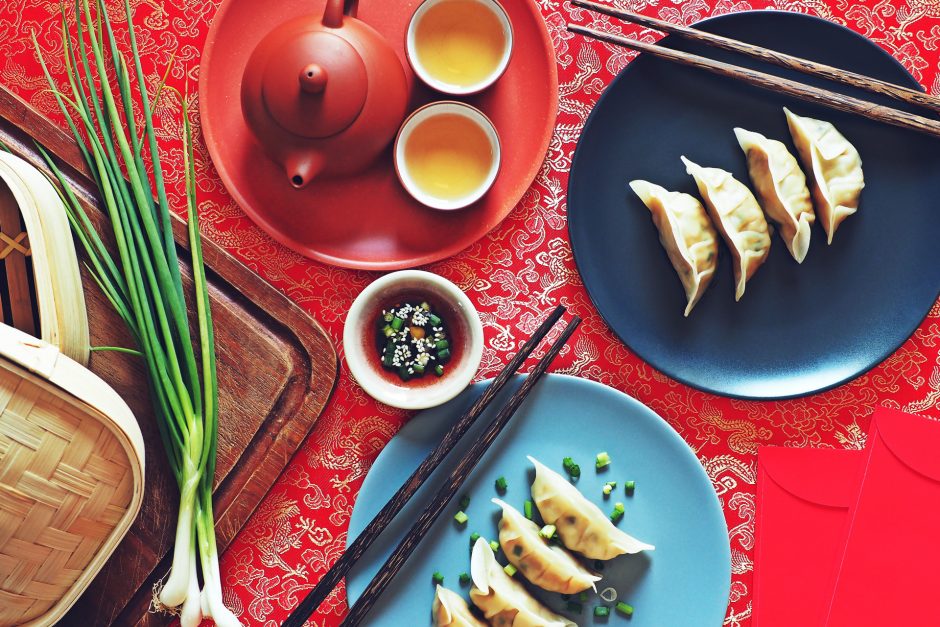
As we gear up for Lunar New Year, read all about the symbolic foods of Chinese New Year and discover why they should make an appearance on your menu.

Called Cuan He in Mandarin, a Tray of Togetherness is a snack box typically divided into 6 or 8 compartments, each filled with a type of dried nuts, cherry/berry fruits, candies and cookies; especially to serve your visiting loved ones, and of course, popular with kids. It represents completeness, harmony and joy. Store-bought Cuan He with intricate red designs are widely available nowadays, and comes pre-packaged with a choice of treats, but you can certainly keep the box for next year, and customize your own selection.
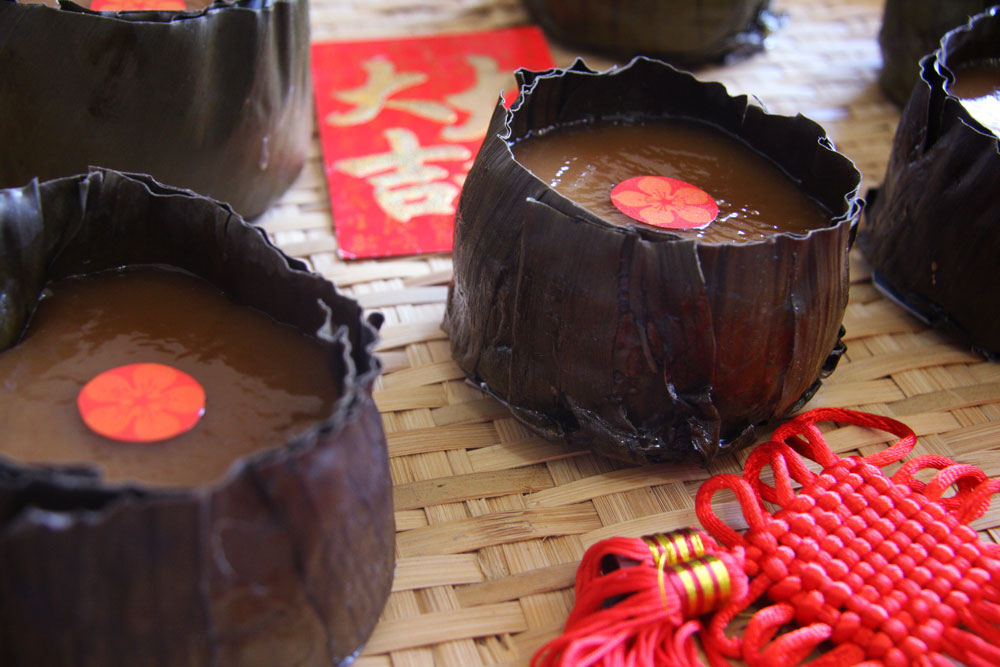
Nian Gao, or New Year Cake is a customary dessert for the festivities. Sweet, chewy glutinous rice and brown sugar cake, which is also a homophone for ‘tall’ or ‘to grow’ in Chinese, and matches the auspicious phrase ‘to increase prosperity every year’. Tastier than they look, and symbolizes growth in career, income, health or even height for your kids.
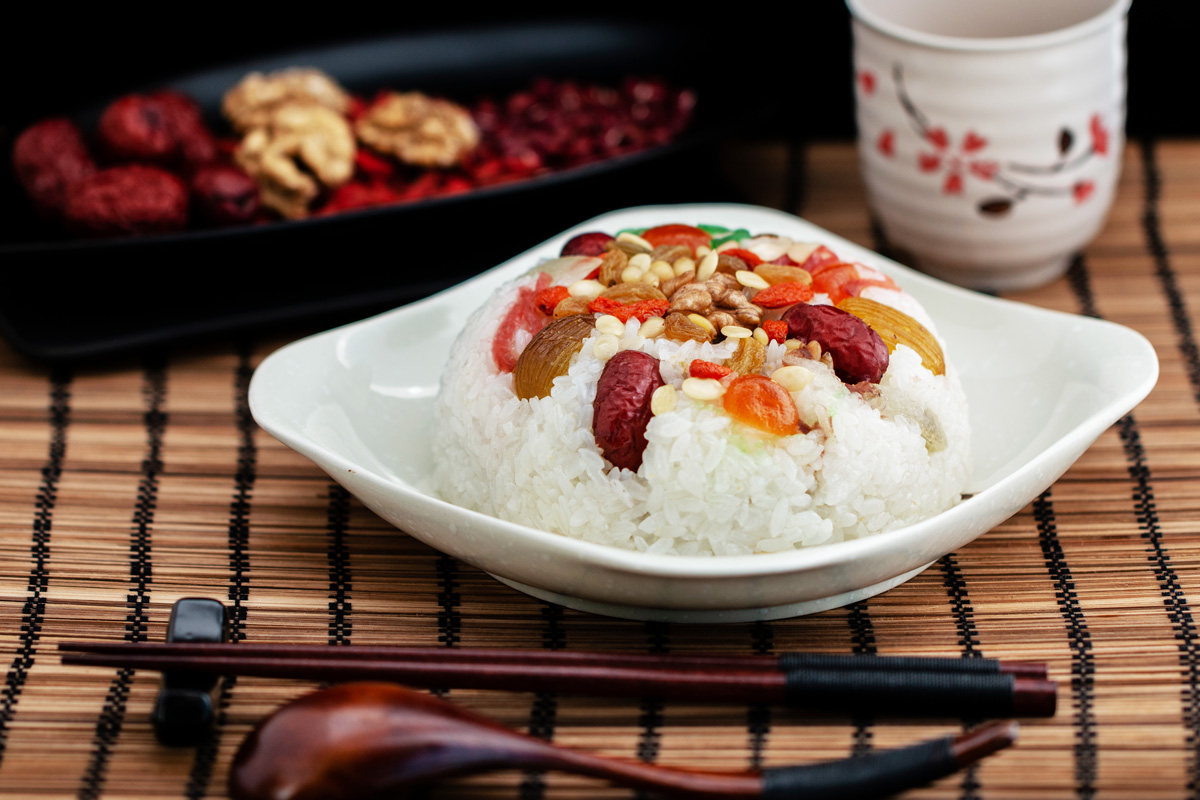
As the name suggests, this delightful dessert is steamed glutinous rice topped with eight toppings of nuts, seeds, berries, fruits, red bean paste, and served with Osmanthus syrup. The number 8 is a homophone for ‘Fa’ or ‘prosperity’ in Chinese. Common recipes include walnuts, lotus seeds, goji berries, raisins, chestnuts, jujube, jackfruit, and plums. A sweet, fragrant and chewy bowl of happiness for the Lunar New Year.
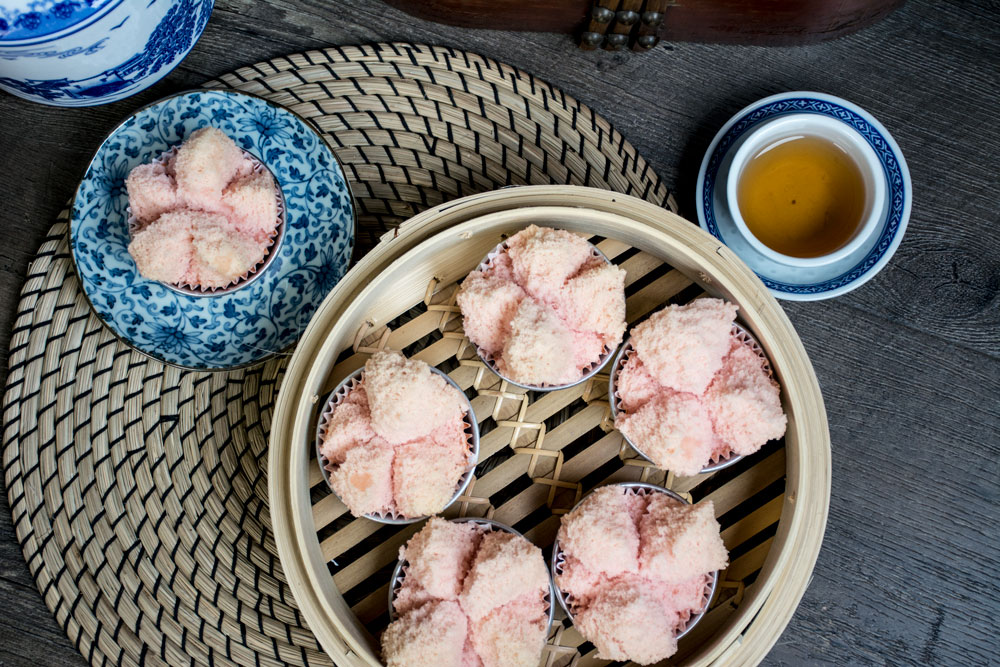
As mentioned, Fa means ‘prosperity’ and these sweet fluffy cupcakes represent exactly that. The name also describes how the yeast in the rice-flour batter rises as you steam, until the cake-tops split into ‘petals’. The more splits, the more luck a cake may bring.
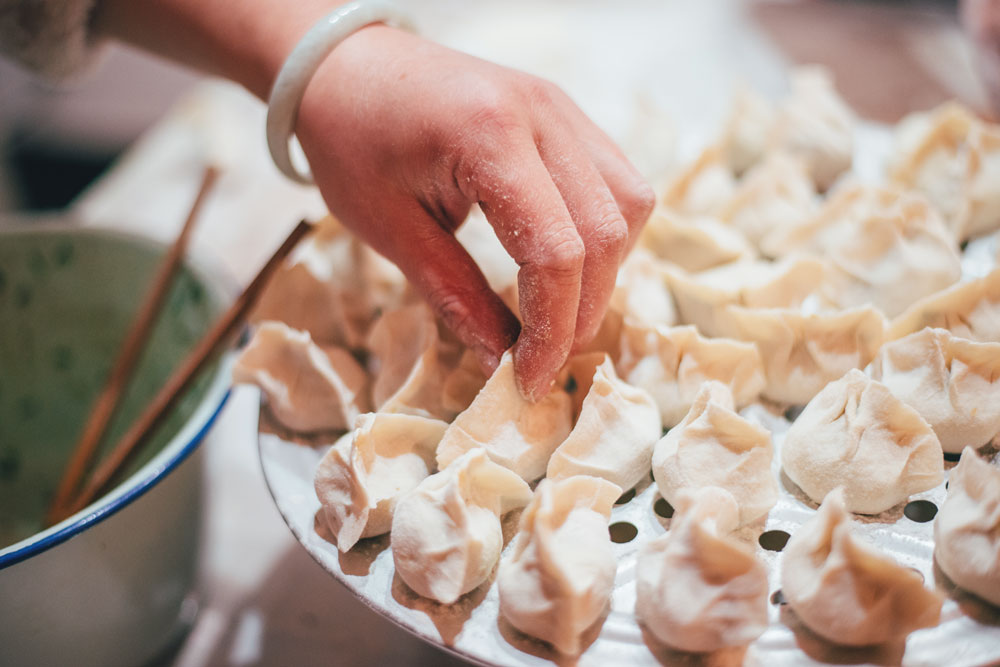
On New Year’s Eve, families gather together to make Jiao Zi dumplings, as the term 'jiao zi' sounds similar to a phrase that means ‘bidding farewell to the old and ushering in the new’. Serve these golden pot-sticker dumplings as the clock strikes midnight to welcome good fortune and wealth for the year ahead.

Traditionally served on the first day of the New Year’s Festival, Cantonese spring rolls are enjoyed because they symbolise bars of gold, and therefore prosperity and wealth.

As the Cantonese word for 'lettuce' sounds like 'rising fortune', San Choy Bow is another popular Lunar New Year recipe. Perfect if you're angling for a raise in the new year!
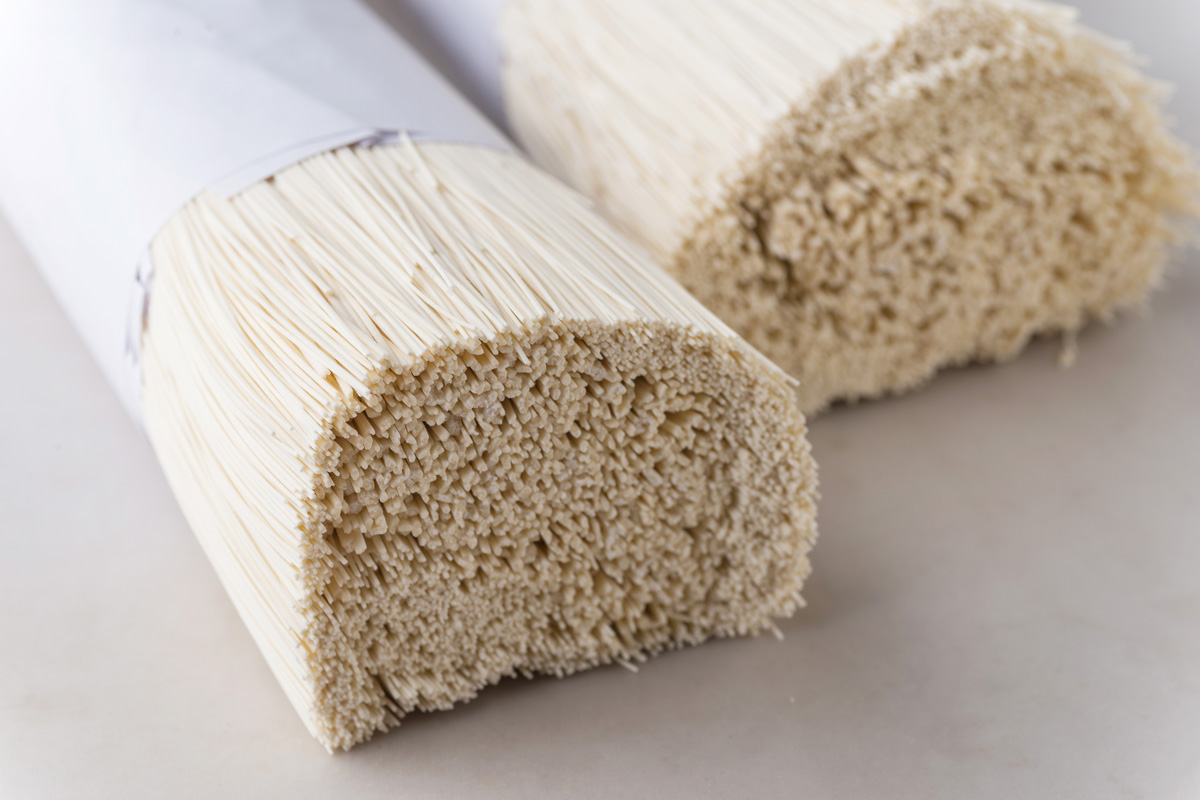
An essential dish on your New Year’s table, longevity noodles, or Mian Tiao. These lengthy noodles are said to ensure the eater has a long and healthy life—just be sure you don’t cut the noodles as that’s symbolic of cutting your life short.
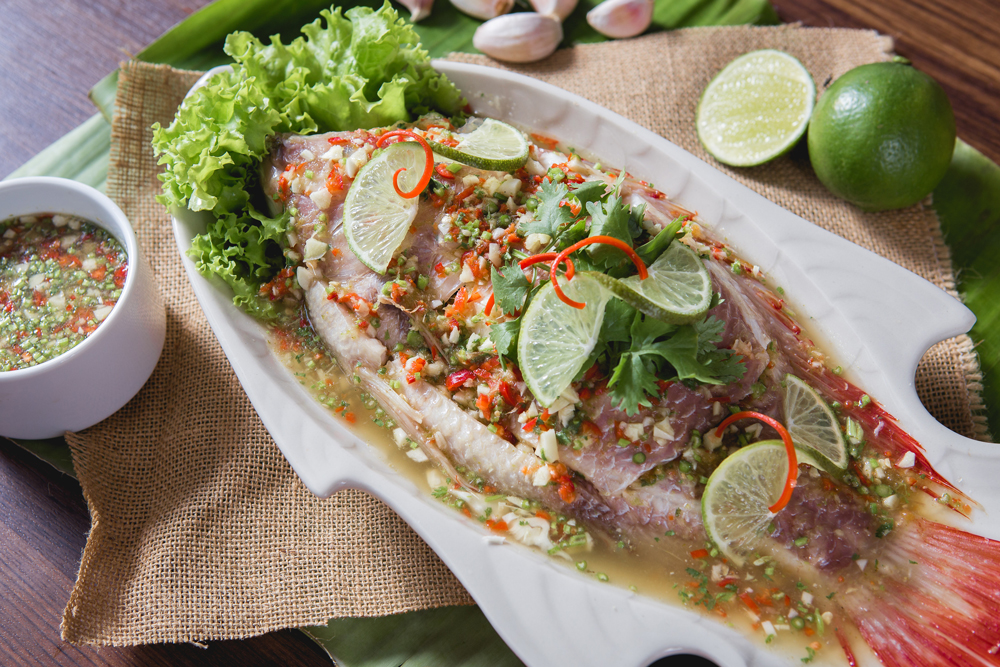
The Chinese word for 'fish'—'yu'—sounds very similar to the word for 'abundance', and so a steamed whole fish brings the promise of an abundant year ahead. Be sure to leave the head and tail intact to symbolize completeness, and always serve the fish with the head pointing towards your elders.

Along with the steamed whole fish, steamed chicken makes a great centerpiece for your Chinese New Year reunion dinner. Try it simply seasoned with ginger and spring onion.
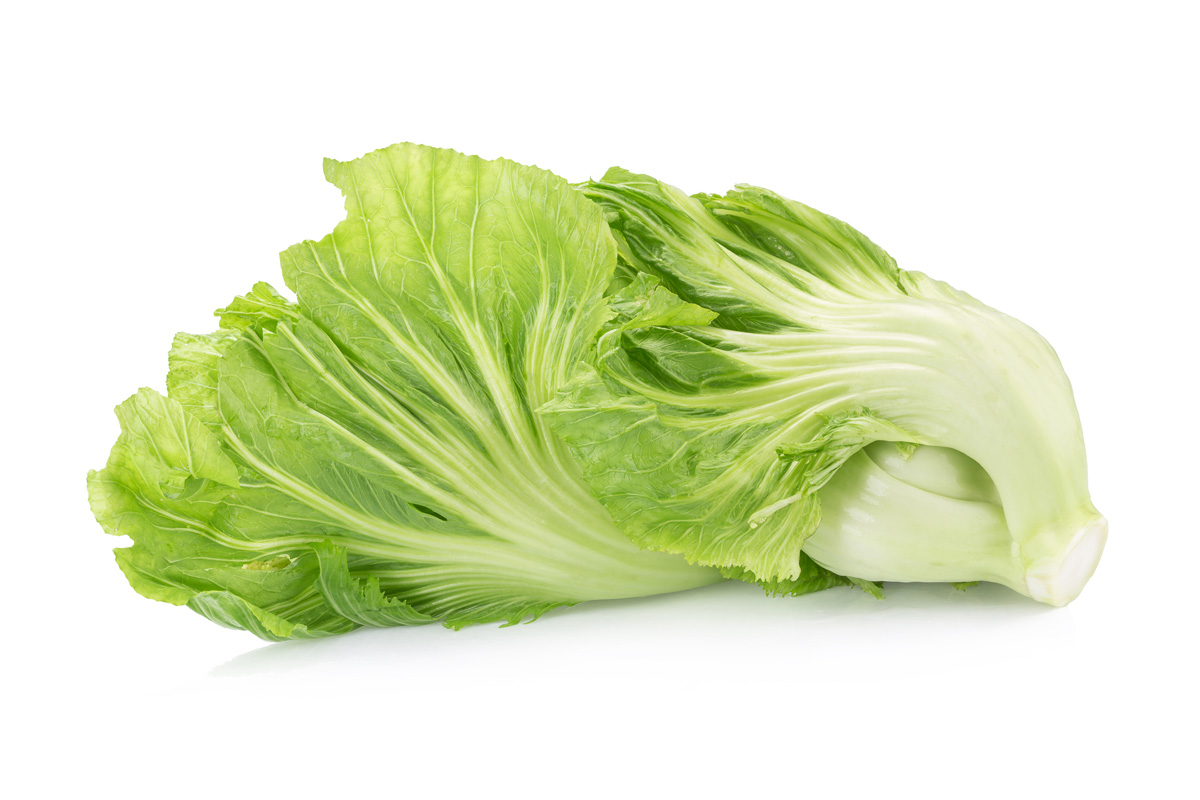
Another must-have to increase your chances of enjoying a long life, Chinese mustard greens—or chang nian cai— symbolize longevity and good health. Plus, they’re packed with health benefits, so you can’t lose.
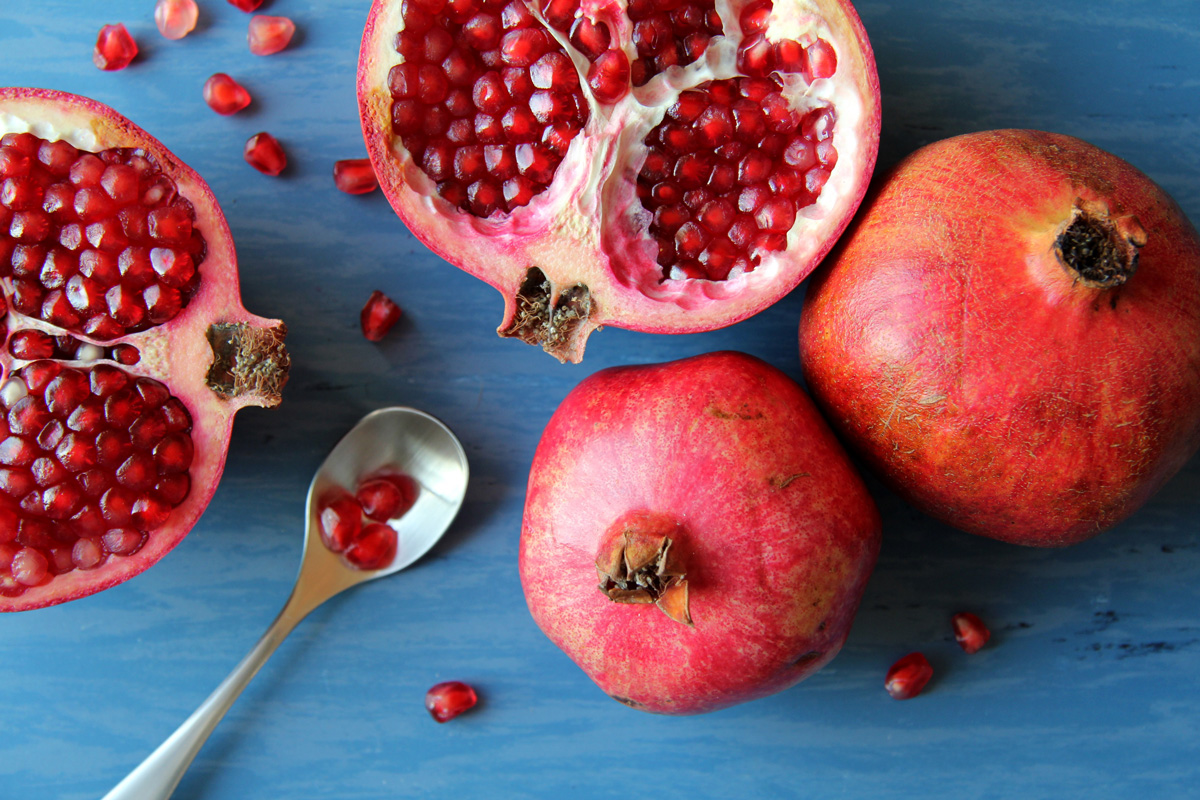
Fresh fruits abound with good fortune. When visiting friends and family during Chinese New Year, it is customary to bring them two mandarin oranges as a harbinger of good luck. Melons and pomelos are symbolic of family unity. Seed-filled pomegranates stand for fertility. Peaches promises longevity, while apples deliver peace.

Lighten your mood and rejuvenate your senses with 6 must-try Malaysian drinks!

Pair your hearty barbecues with these refreshing Asian delights!

What are the properties of ginger, and how to pick, store and use ginger in your cooking? Find out here!